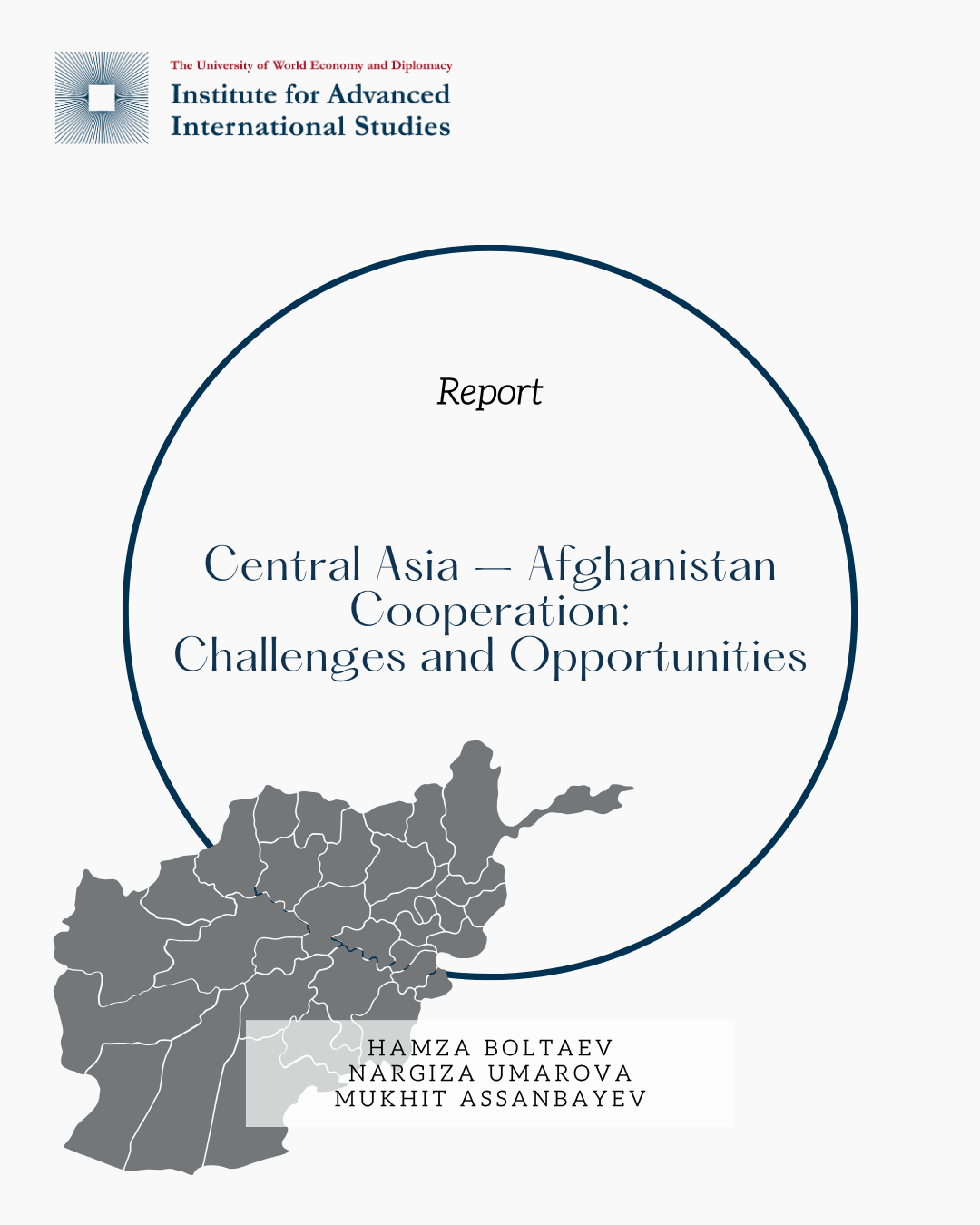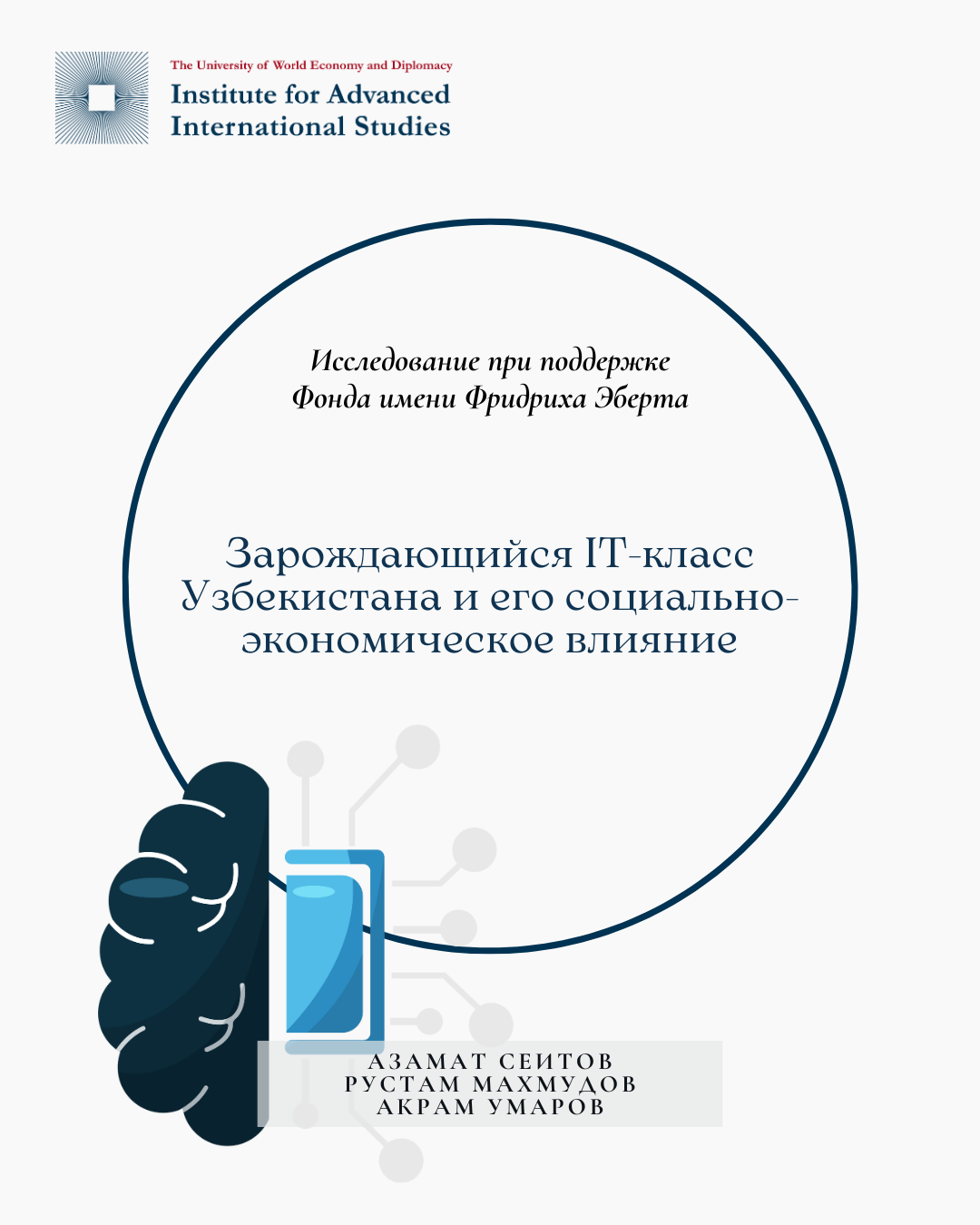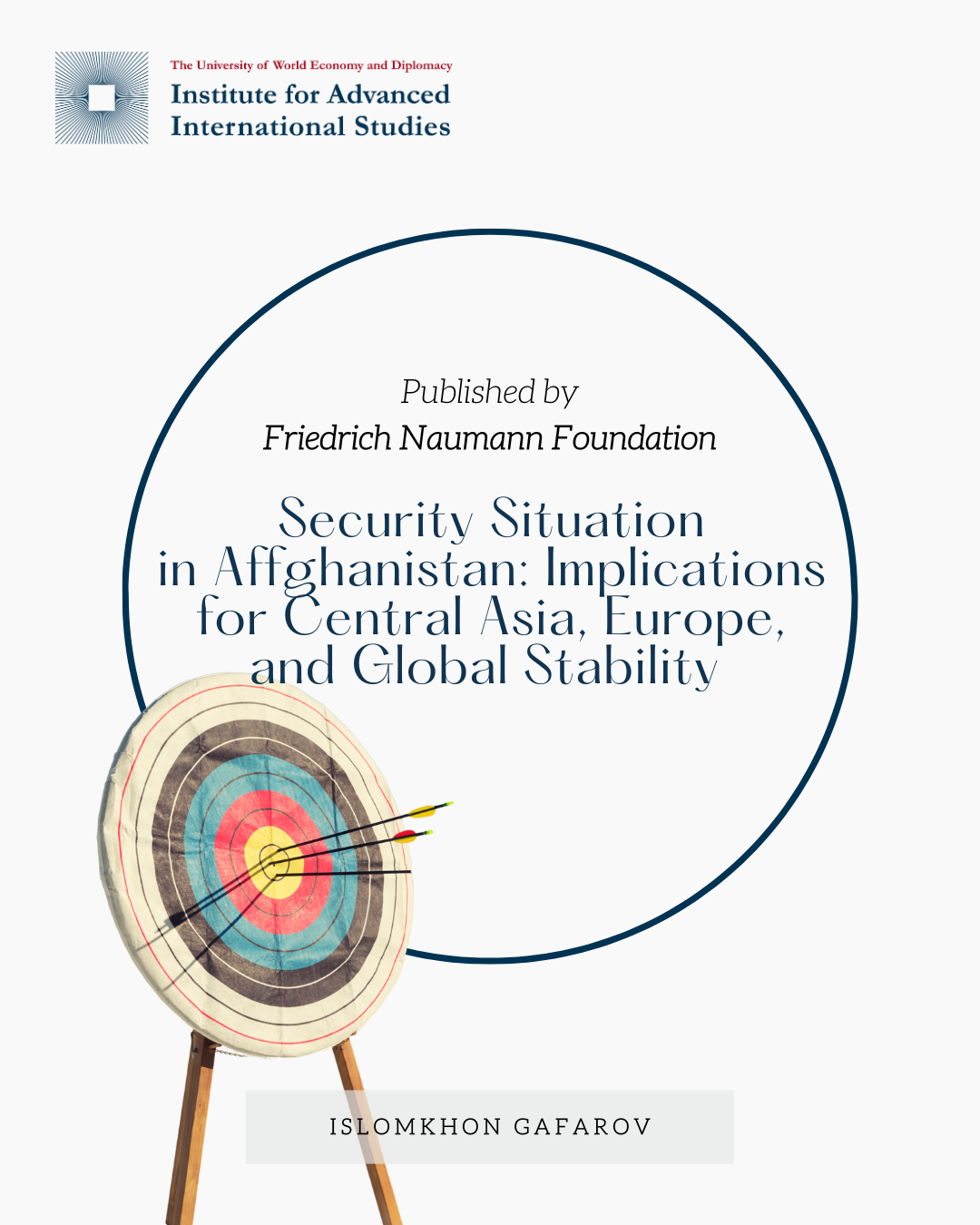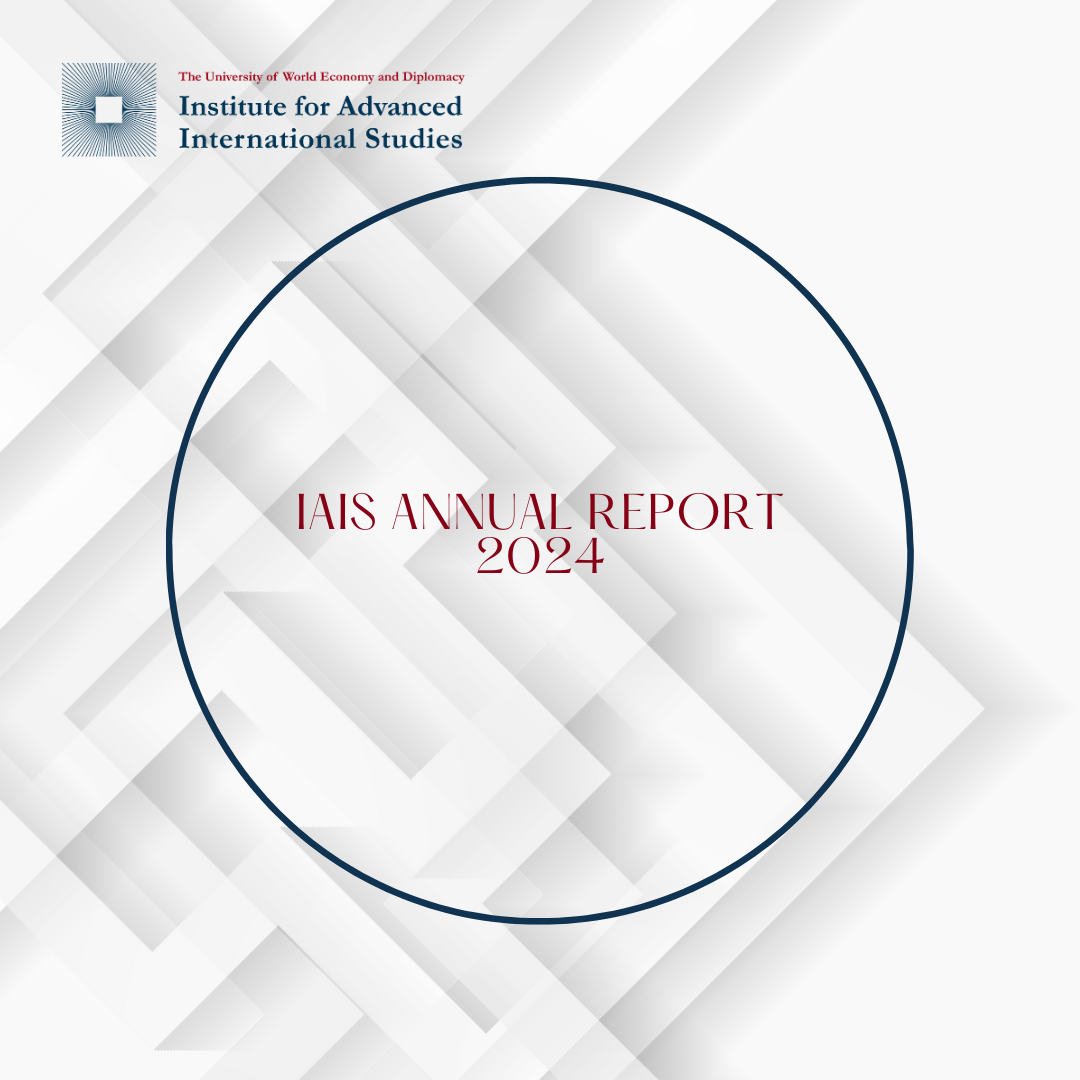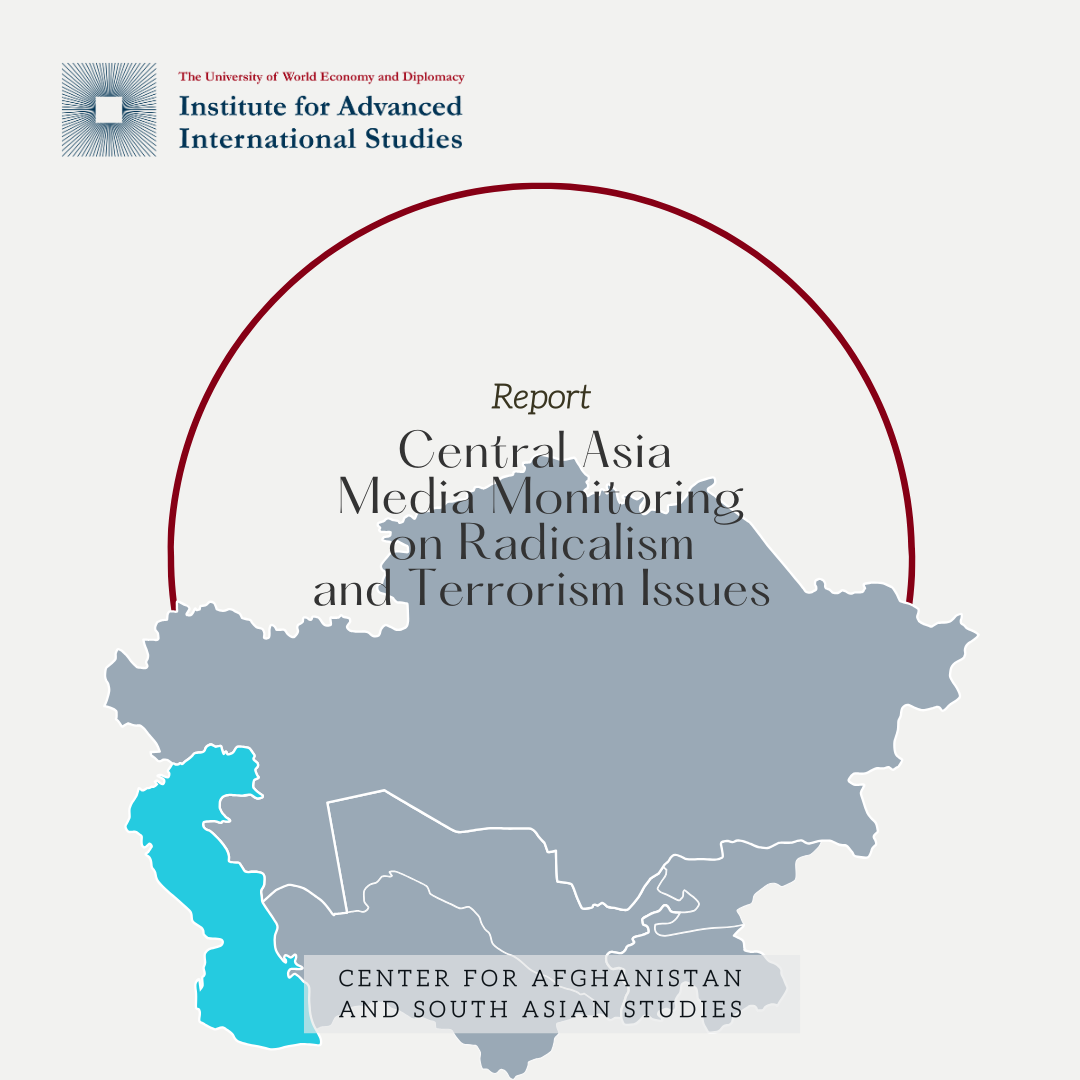In 2023-2024 the Center for Afghanistan and South Asian Studies, in sponsorship with S. Rajaratnam School of International Studies (RSIS, Nanyang Technological University, Singapore), has conducted a detailed study to analyse the prevalence and impact of extremist propaganda disseminated through social media platforms in Central Asia. The findings of this extensive research are comprehensively reflected in the newly published report, Central Asia Media Monitoring on Radicalism and Terrorism Issues, which offers a deep insight into the strategies and narratives employed by radical groups in Uzbek, Tajik, Kazakh, Kyrgyz, and Russian language segments across various digital platforms.
This study uncovers the sophisticated methodologies used by extremist networks to exploit social media as a tool for spreading radical ideologies, recruiting followers, and mobilising actions. Through detailed monitoring of platforms such as Facebook, Instagram, and Telegram, the report highlights the prevalence of extremist messaging aimed at fostering grievance, legitimising violence, and undermining regional stability. These findings underscore the urgent need for a comprehensive approach to counter radicalism in the digital sphere.
The report identifies several concerning trends in the Uzbek and Tajik language segments, where extremist narratives are heavily focused on the promotion of jihad. Radical groups exploit dissatisfaction with secular governance, combining emotional appeals with socio-religious grievances to present jihad as both a moral duty and a pathway to justice. Glorification of martyrdom, calls for armed struggle, and critiques of government restrictions on religious expression are recurring themes in this space. In many cases, influential clerics and historical figures are invoked to lend credibility to extremist rhetoric, while videos and posts showcasing the plight of Muslims in conflict zones seek to foster solidarity and drive mobilisation.
A notable strategy observed during the study is the framing of jihad as an accessible and immediate duty. The concept of “digital jihad” is increasingly propagated, encouraging individuals to contribute to the cause by sharing extremist content online. This shift reflects an adaptive strategy by radical networks, leveraging the power of social media to bypass traditional recruitment obstacles and amplify their reach.
The Russian, Kazakh, and Kyrgyz language segments reveal parallel but distinct dynamics, with anti-government rhetoric, calls for a caliphate, and criticisms of foreign policies dominating the narrative. Content promoting ethnic and cultural separatism, particularly in regions like Dagestan and Chechnya, further highlights the multifaceted nature of extremist messaging in the region. These narratives often intertwine religious rhetoric with political grievances, aiming to create a cohesive yet polarising ideological framework.
Additionally, the report emphasises the role of online platforms in mobilising financial support for extremist causes. Calls for donations to purportedly charitable initiatives linked to Syria and Palestine were prevalent, with content creators often framing these appeals as religious obligations. This tactic serves not only to secure material support but also to strengthen the emotional and ideological bond between the audience and extremist groups.
IAIS experts warn of the broader implications of these trends, noting the potential for increased social polarisation, radicalisation, and threats to national security across Central Asia. The report concludes by advocating for coordinated efforts to address this challenge, including enhanced monitoring of online platforms, the promotion of counter-narratives rooted in local values, and collaboration between governments, technology companies, and civil society.
This report, now available on the IAIS website, is an invaluable resource for policymakers, security professionals, and scholars seeking to understand and counter the complex dynamics of radicalisation in Central Asia. It reflects IAIS’s commitment to advancing regional stability and promoting a comprehensive understanding of the threats posed by extremist ideologies in the digital era.
Read and download the report here
* The Institute for Advanced International Studies (IAIS) does not take institutional positions on any issues; the views represented herein are those of the author(s) and do not necessarily reflect the views of the IAIS.

